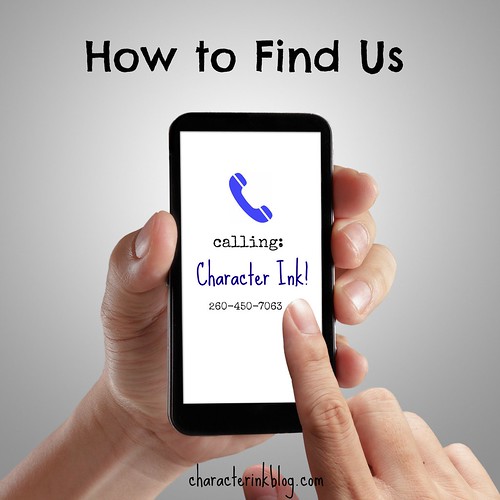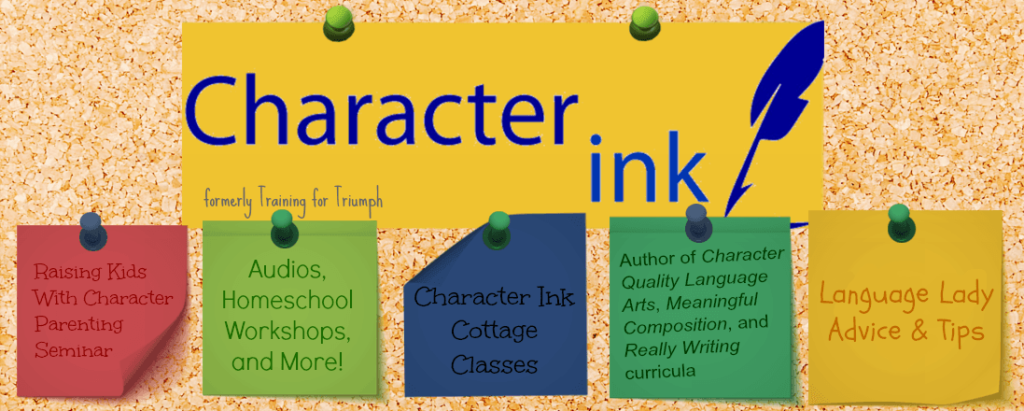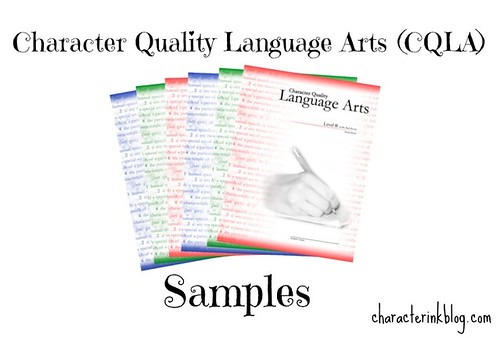 |
| I teach subordinate clause openers extensively in my books because punctuating them properly is key to sentence writing. |
Do you remember what a subordinate clause is from yesterday? A subordinate clause is a sentence (independent clause-can stand alone) that has a subordinator added to the beginning of it (which makes it a dependent clause-is dependent upon something else in order to be used {has to have a real sentence put with it in order to be used}).
Think of subordinate clauses by either of their two names:
1. Subordinate clause--subordinate to the rest of the sentence
2. Dependent clause--dependent on something else to go with it (a real sentence/independent clause) in order to be used
Click
here if you need to brush up on subordinators via our Subordinator-Check Sentence or subordinate rhyme.
Subordinate Clause Opener: Now for the opener part.
If you have been reading Language Lady for long, you have learned that a sentence opener has the following characteristics:
1. It gives a sentence more information.
2. It comes at the beginning of a sentence, which gives a paragraph a
different rhythm than if it included all subject-verb patterned sentences.
3. It is often set off with a comma-again, adding to the rhythm of your
sentences.
4. It si usually non-essential, meaning that the senence is still a
sentence without the addition of an opener.
5. It shows advanced writing skills because a writer who has a handle
on the many varieties of sentence openers has a large toolbox of sentence structure at his disposal.
So...if a subordinate clause is a group of words that contains a subordinator+subject+verb, then a subordinate clause opener is a subordinator+subject+subordinate clause that is used as a sentence opener.
Simple enough, huh?
The tricky parts of subordinate clause openers are
(1) Be sure that you never use a subordinate clause opener by itself,
thinking it is a sentence. (It will sound like something is missing-because it is-the real sentence!)
(2) Be sure that you put a comma following a subordinate clause opener.
When you start a sentence with a subordinate clause,
Put the comma in when you hear the pause!
Here are some complex sentences created with subordinate clause openers attached to "real" sentence. In grammar lingo, each one is a complex sentence because it has a
dependent clause (subordinate clause) at the beginning attached to an
independent clause (real sentence).
If you learn subordinators well, you may write sentences with subordinate clauses.
If you put a dependent clause at the beginning of a sentence, put a comma in before writing the real sentence part.
As you learn more and more about sentence structure, your writing will improve.
Since people are impressed by good grammar and strong writing, you will become an impressive person as you learn grammar usage.
When you start a sentence with a subordinate clause, put the comma in where you hear the pause.
Although many people do not remember much about dependent and independent clauses, this does not make these clauses unimportant.
Because I want to write well, I am working on my usage skills.
Though some consider analyzing sentences as outdated, I know that it helps me write better.
If you lasted to the end of this lesson, you will be able to write well with subordinate clause openers!












